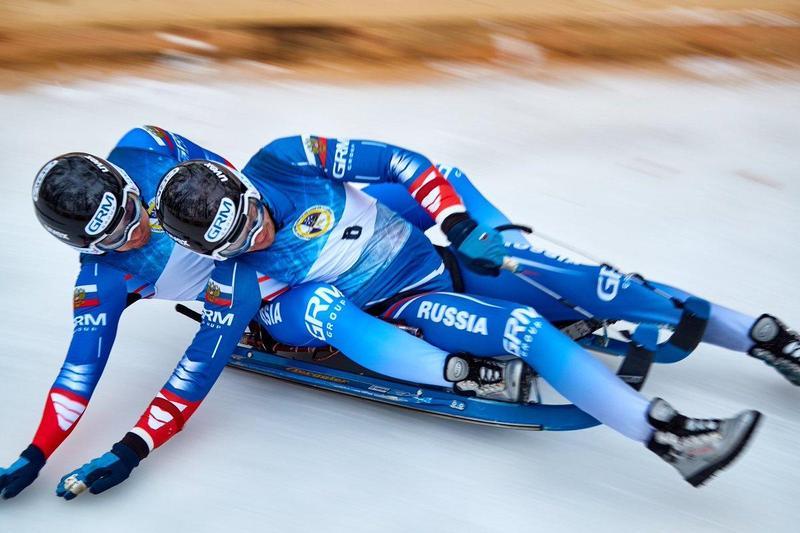A Brief History of Luge
Luge riders rush down a tricky ice track at extraordinary speed, depending on reflexes for directing. In contrast to bobsleigh, be that as it may, they have no insurance should they make a blunder.
Swiss causes
Luge is the French word for “sledge” and, similar to bobsleigh, it was created as a game in Switzerland. Its foundations return to the sixteenth century, yet it was not until 300 years after the fact that the principal luge tracks were worked by Swiss lodging proprietors to provide food for thrill-chasing sightseers.
Davos
The principal global race course was held in Davos in 1883, with contenders dashing along a frigid 4km street among Davos and the town of Klosters.
No brakes
Luge is one of the most seasoned winter sports. It includes contenders lying on their backs on a small sled with their feet loosened up before them, and dashing down a frosty track at speeds in the scope of 140 km/h, without brakes. Just as the singles, there is a sets occasion, with the bigger of the two colleagues lying on top for better optimal design.
Olympic history
It was not until 1955 that the main World Championship was coordinated, for example 41 years after the primary European Championships. After nine years, in 1964, luge made its Olympic presentation, at the Innsbruck Games, with a blended occasion, a men’s occasion and a ladies’ occasion. The program has not changed from that point forward. Since 1976, this game has occurred on a similar track as bobsleigh.
The control was overwhelmed by the East Germans, who won 15 of the 21 gold awards accessible somewhere in the range of 1964 and 1988. One of the undisputed bosses of luge is a German: Georg Hackl, who won gold multiple times sequentially, in 1994 in Lillehammer, 1998 in Nagano and 2002 in Salt Lake City.
Be the first to post a message!
